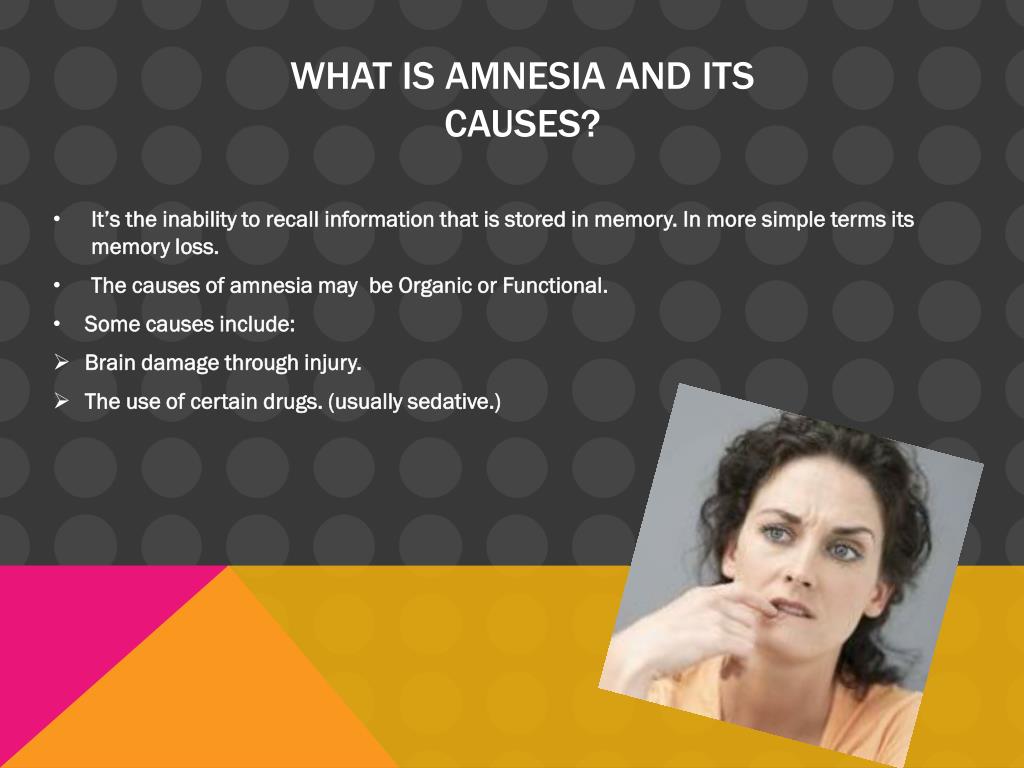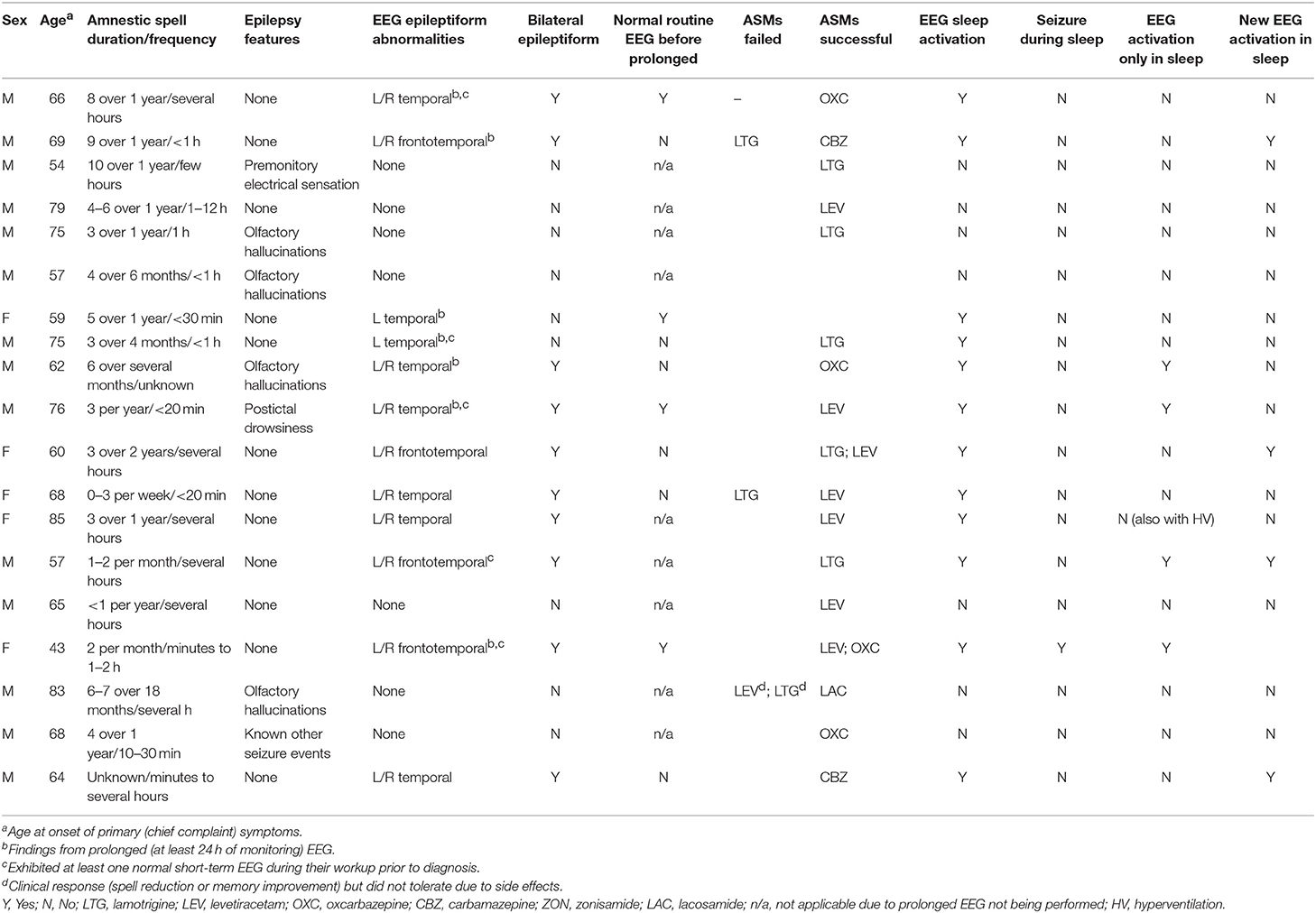


specific neurological conditions in this chapter (Neurology).any condition of the central or peripheral nervous system presently with, or at risk of progression to a condition with, functional (sensory (including special senses), motor and/or cognitive) effects likely to impact on safe drivingįurther information relating to specific functional criteria is provided on:.
CAUSES OF TRANSIENT EPILEPTIC AMNESIA DRIVERS
✓- May continue to drive and need not notify DVLAĬhanges to Annex III to the EC Directive 2006/126/EC require that driving licences may not be issued to, or renewed for, applicants or drivers who have a serious neurological disorder unless there is medical support from their doctors.Ī serious neurological disorder is considered as: ! - May continue to drive subject to medical advice and/or notifying DVLA Intracranial pressure monitoring device – inserted by burr hole surgery.

Neuroendoscopic procedures – for example, third ventriculostomy.Intraventricular shunt or extraventricular drain – insertion or revision of upper end of shunt or drain.Surgical treatment/foramen magnum decompression.Intracranial aneurysm – truly incidental finding without haemorrhage.Malignant brain tumours – including metastatic deposits and pineal tumours.Acute encephalitic illness and meningitis - including limbic encephalitis associated with seizures.Stroke, transient ischaemic attack (TIA) and cerebral venous thrombosis – including amaurosis fugax and retinal artery occlusion.Dizziness – liability to sudden and unprovoked or unprecipitated episodes of disabling dizziness.Chronic neurological disorders – including multiple sclerosis and motor neurone disease.Primary/central hypersomnias – including narcolepsy type 1 (narcolepsy with cataplexy) and type 2.Transient loss of consciousness (‘blackouts’) – or lost/altered awareness.


 0 kommentar(er)
0 kommentar(er)
